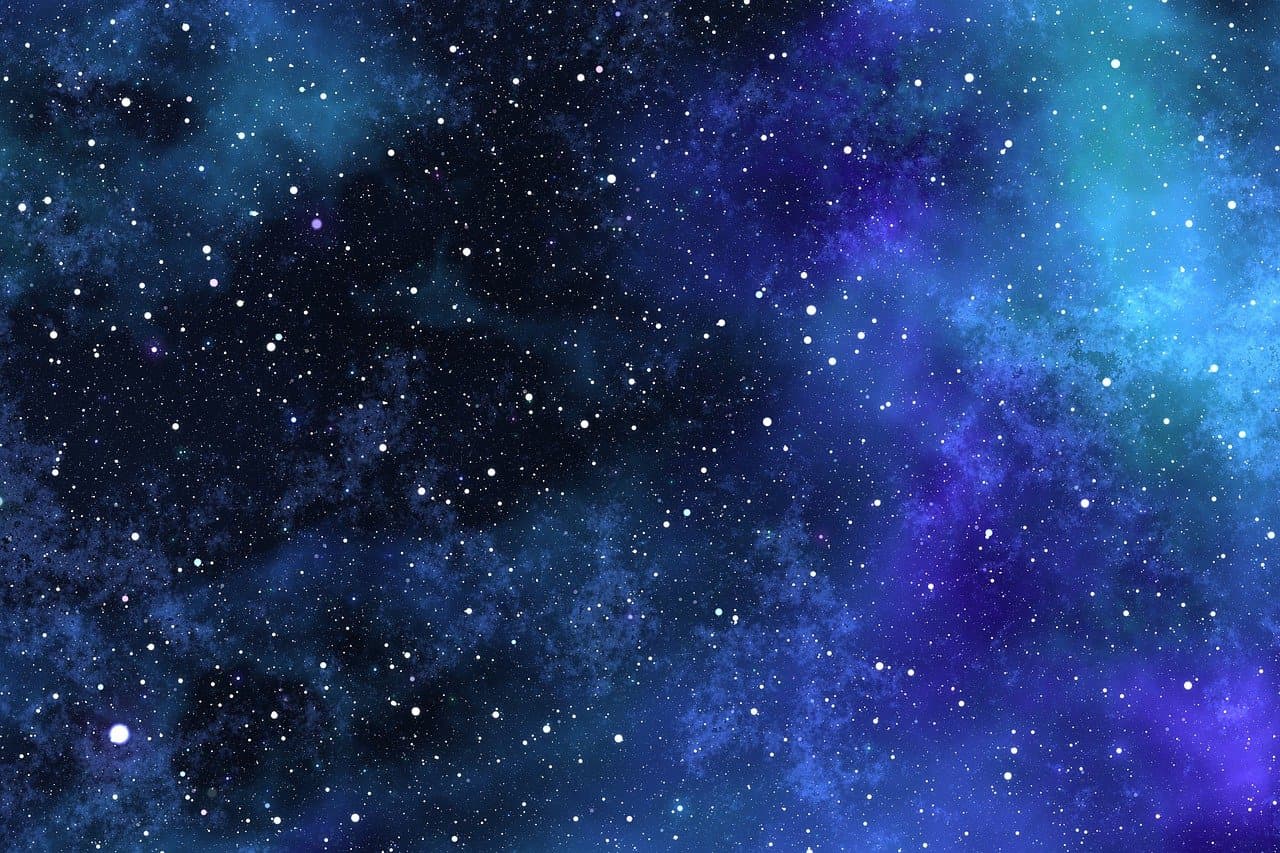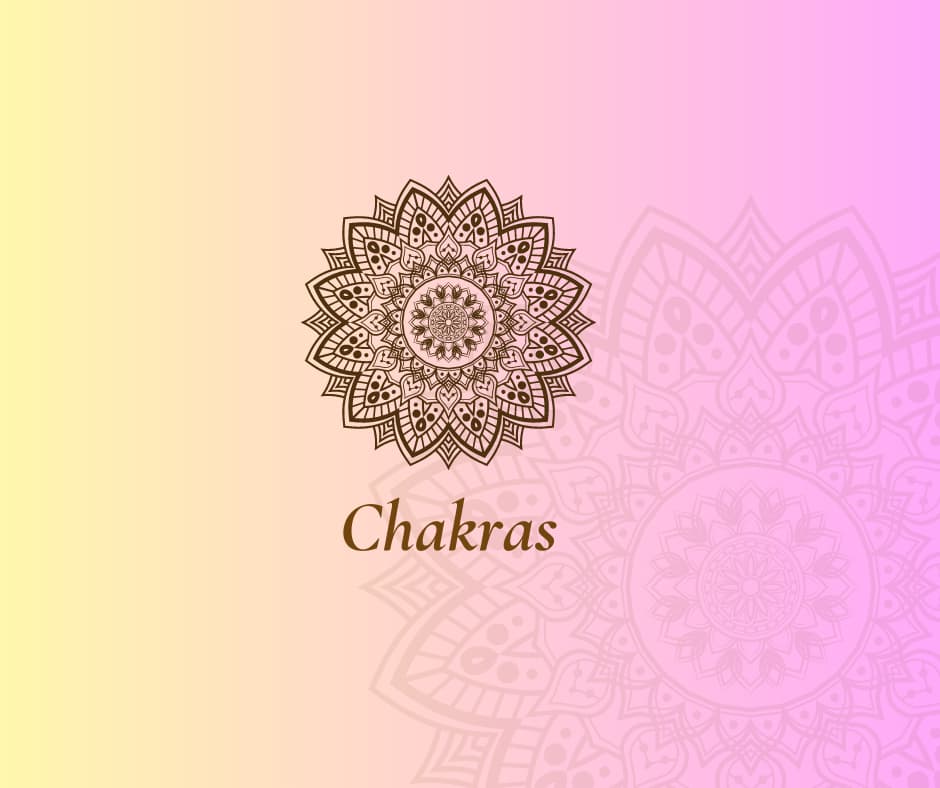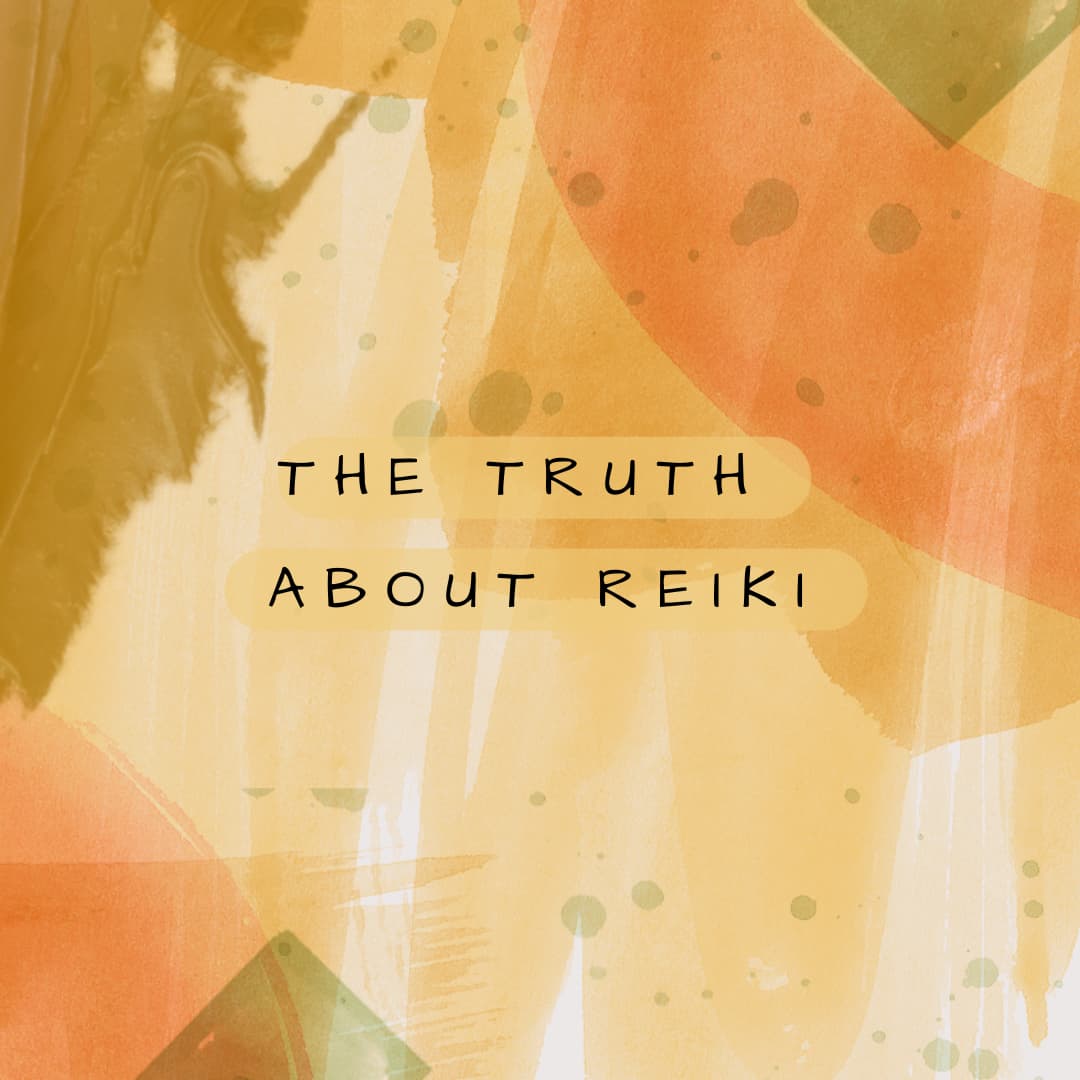What is Reiki?
I grew up in a sociocultural and family context in which the concept of holistic healing or universal energy healing such as Reiki is rather a taboo.
I believe that the above statement describes many people’s reality here in the West.
In 2019 when I started researching on Reiki, I was skeptical and it all seemed like a made-up story without any logic. I remember stumbling onto a YouTube video, in which the Reiki Master demonstrated that giving Reiki to a glass of water would have improved the chemical and taste properties of the water itself. The first thought that crossed my mind was that the Reiki Master was out of his mind and for a while I couldn’t get over what people were making up in life.
My research on Reiki continued for quite a few months, until I decided to book myself in for a Reiki 1 course. On the same day I also bought the book “Reiki made Easy” by Torsten A. Lange and the simplicity of his teaching and the various stories of how he had managed to help several people, intrigued me so much that I decided to anticipate the course. I was thrilled and literally couldn’t wait to learn how to connect to that universal energy and learn to heal myself and other people. That day finally arrived: 27th of July 2019 and my first experience was of perceiving subtle energies and feeling in my hands this universal energy called Reiki. A new world and a new awareness opened up to me.
Learning Reiki or having a Reiki treatment is a unique experience linked to the person who experiences it. Reiki can be perceived differently by people, however I believe that the best way to understand reiki is to experience it. A reiki treatment is a good way to start.
Reiki is generally described as an energy healing system, rediscovered in the early 1900s by the Japanese Mikao Usui. This complementary therapy, which should not be seen as a substitute for traditional medicine, is practiced in many hospitals in the United States of America and in England.
From personal experience I can say that Reiki balances and allows healing on four levels: physical, emotional, mental and spiritual.
Reiki is not a religion, it is simply a “tool” that works with any religious path.
How does a Reiki treatment take place?
During a treatment, the client lies comfortably on a therapeutic bed and remains fully clothed; the practitioner places hands on or slightly above the client and simply lets the energy flow. Often hands are intuitively placed where there is the greatest need for re-balancing and healing. The energy will flow wherever it is needed and can significantly aid the body’s innate healing abilities. In some cases, symptoms may increase for a short time as healing begins (this is known as a “healing crisis”).
Receiving a treatment is normally a deeply relaxing experience, which re-balances and harmonizes body and mind, giving comfort and peace.
Some clients experience a meditative, relaxing state where they see colours or images and feel slight warmth.
In some cases, clients experience that repressed emotions or issues are released or old memories are revoked. Discussing these with the practitioner often helps to gain awareness of the underlying causes of a physical, mental or emotional problem. A treatment usually lasts about 1 hour.
A treatment can also be performed remotely, this simply means that the person receiving the treatment and the reiki practitioner are in two different parts of the world.
Reiki has no limits in space, time and matter. This is a hard concept to grasp at first but I highly recommend to give it a try.
I very much recommend to approach either a Reiki Treatment or a Reiki Course without expectations and with an open minded approach. Reiki is a personal and unique journey for each and everyone of us.
Regardless of the reasons why you landed on this short article, I hope it helped to shed some light on “what Reiki is”.




